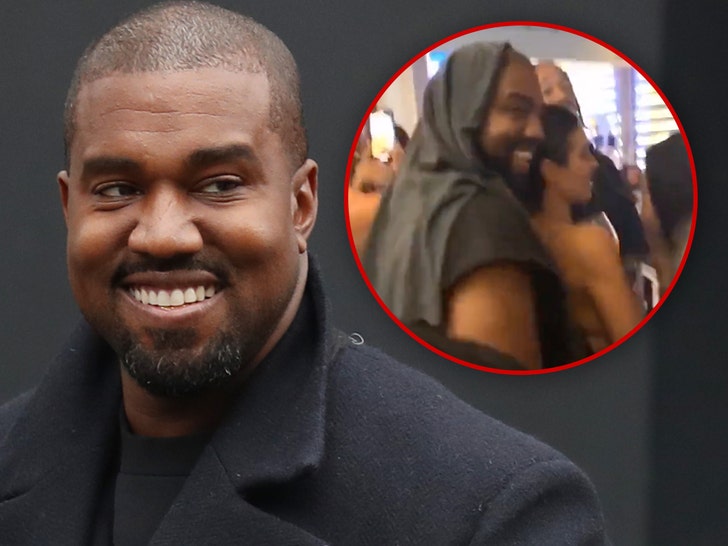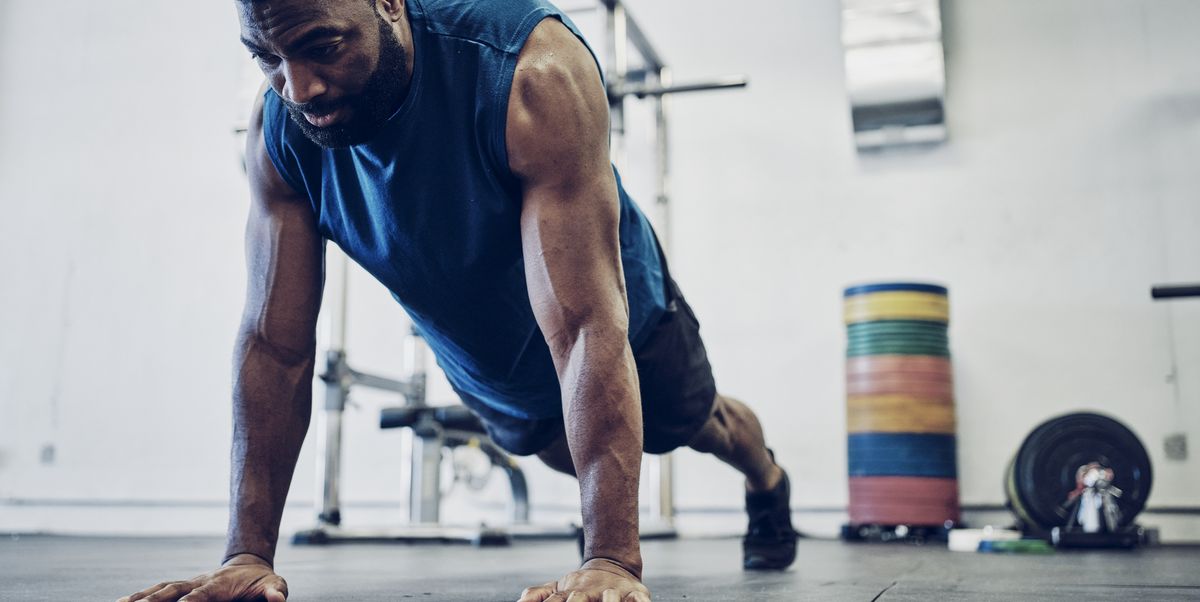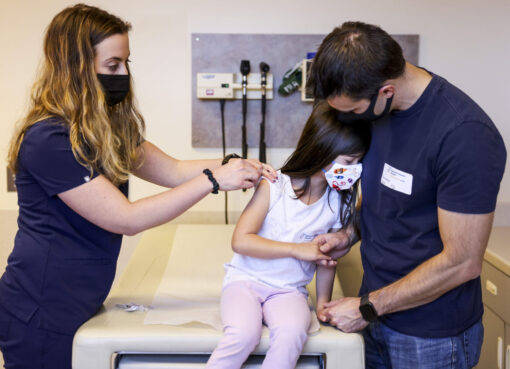93-Year-Old Man’s Fitness Secrets for Youthful Aging
Becoming a Fitness Exemplar in Your 90s
If you are looking for inspiration on how to age well, consider Richard Morgan, a 93-year-old Irishman who’s a four-time world indoor rowing champion. Despite starting his fitness journey in his 70s, Morgan has the aerobic capacity and body-fat percentage of a healthy 30- or 40-year-old. He is a living testament to the power of consistent exercise and a healthy diet, as detailed in a recent case study published in the Journal of Applied Physiology.
Healthy Aging: The Richard Morgan Case Study
The case study found that Morgan’s training regimen, diet, and overall physiology make him an exemplar of fit, healthy aging. Impressively, he has rowed the equivalent of nearly ten times around the globe and won four world championships. These feats naturally raise the question: what does his late-life exercise regimen do for his aging body?
The Payoff of Regular Exercise
Investigating the benefits of regular exercise in older adults, Bas Van Hooren, a doctoral researcher at Maastricht University in the Netherlands, and his team studied Morgan’s fitness regime. They recorded his height, weight, body composition, diet, metabolism, and heart and lung function. They also monitored his heart, lungs, and muscles as he performed a simulated 2,000-meter time trial on a rowing machine.
Astonishing Results
At 92, Morgan showed astonishing fitness levels for his age. His heart rate peaked at 153 beats per minute, well above the expected maximum for his age and among the highest ever recorded for a nonagenarian. His rapid oxygen uptake kinetics, a key measure of cardiovascular health, were comparable to those of a typical, healthy 30- or 40-year-old.
Morgan’s Simple but Effective Exercise Routine
Morgan’s impressive fitness levels derive from a simple, consistent exercise routine. He rows approximately 30 kilometers (18.5 miles) a week, averaging around 40 minutes a day. His workouts include a mix of easy, moderate, and intense training. Twice or thrice a week, he also weight-trains, working out until his muscles can no longer continue. In addition to exercising, Morgan maintains a high-protein diet, regularly consuming more than the recommended 60 grams of protein for his weight.
Can Exercise Change the Way We Age?
Scott Trappe, the director of the Human Performance Laboratory at Ball State University in Indiana, highlights the significance of starting a late-life exercise program. He asserts that the human body retains the ability to adapt to exercise at any age. Morgan’s fitness at 93 further suggests that we don’t necessarily have to lose significant muscle and aerobic capacity as we age. Regular exercise can help us build and maintain a strong, capable body regardless of our age.
A Glimpse into the Rewards of Regular Exercise
Morgan’s fitness journey offers a glimpse into the rewards of regular exercise. “There is a certain pleasure in achieving a world championship,” Morgan confesses with a hint of modesty. “I started from nowhere, and I suddenly realized there was a lot of pleasure in doing this.” His story serves as a testament to the transformative power of exercise, regardless of when you start.
—
Read More Health & Wellness News; US Lifestyle News



Leave a Comment